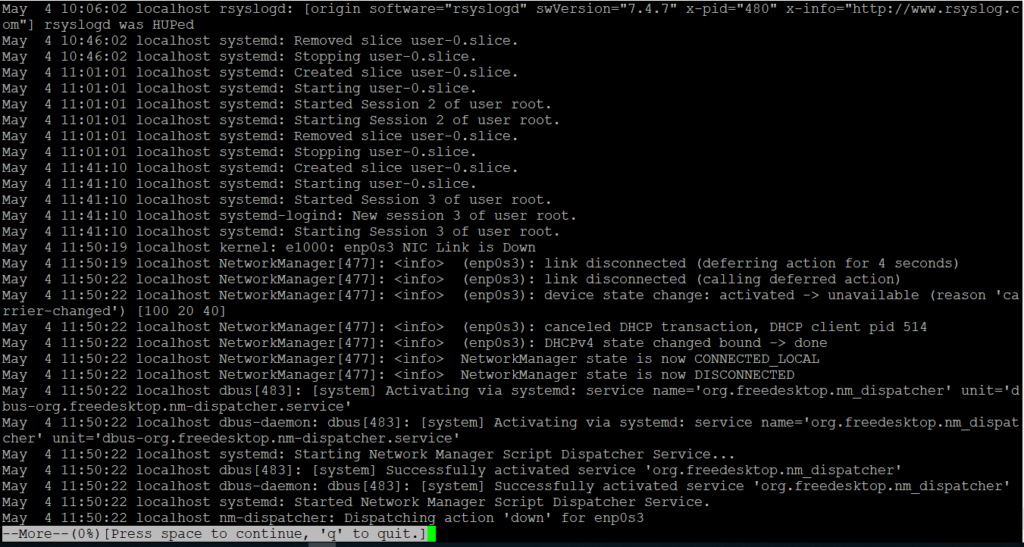
If we know the endpoint address in advance, we could just call the write After finding the endpoint, we send the data to it. We search for it inside theįirst interface we have. Then, we look for the endpoint we are interested. In this case, theĬonfiguration set is the first one found. As you will see, many PyUSBįunctions have defaults for most common devices. Indicating what configuration we want was supplied. The next command searchesįor our device and returns an instance object if it is found. Module, and usb.util contains utility functions. The first two lines import PyUSB package modules. bEndpointAddress) = \Īssert ep is not None # write the data ep. # match the first OUT endpoint custom_match = \ With no arguments, the first # configuration will be the active one dev. find( idVendor = 0xfffe, idProduct = 0x0001) Under the usb package, with the following modules: ContentĪ subpackage containing the builtin backends.įor example, to import the core module, type the following: > import usb.coreįollowing is a simplistic program that sends the 'test' string to the first OUT Enough talk, let's code! Who's whoįirst of all, let's give an overview on the PyUSB modules. If you don't knowĪnything about USB, I recommend you the excellent Jan Axelson's book USBĬomplete. Tutorial that you have a minimal USB protocol background. Support for isochronous transfers: PyUSB supports isochronous transfers if the underlying backend supports it.Īlthough PyUSB makes USB programming less painful, it is assumed in this

Protocol, but PyUSB has good defaults for most common configurations.

Easiness: Communicating with an USB device has never been so easy! USB is a complex Portability: PyUSB should run on any platform with Python >= 3.7, ctypes and at least You can write your own backend if youĭesire to. This isolates the APIįrom system specific implementation details. Platform neutrality: 1.0 version implements a frontend-backend scheme.

This allows Python programmers with no background in C to Several features: 100% written in Python: Unlike the 0.x version, which is written in C, 1.0 version is written in PyUSB 1.0 is a Python library allowing easy USB access. Programming with PyUSB 1.0 Let me introduce myself


 0 kommentar(er)
0 kommentar(er)
